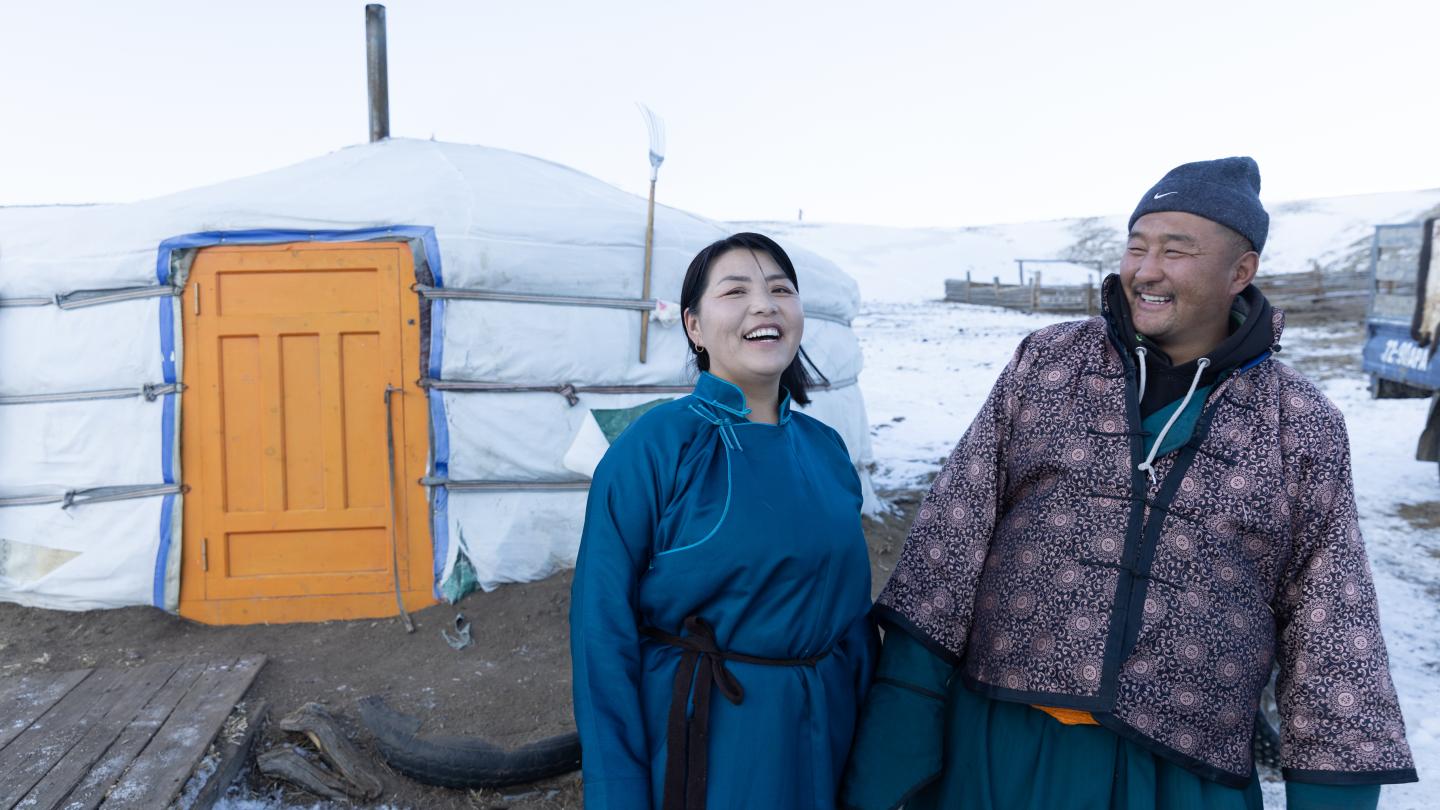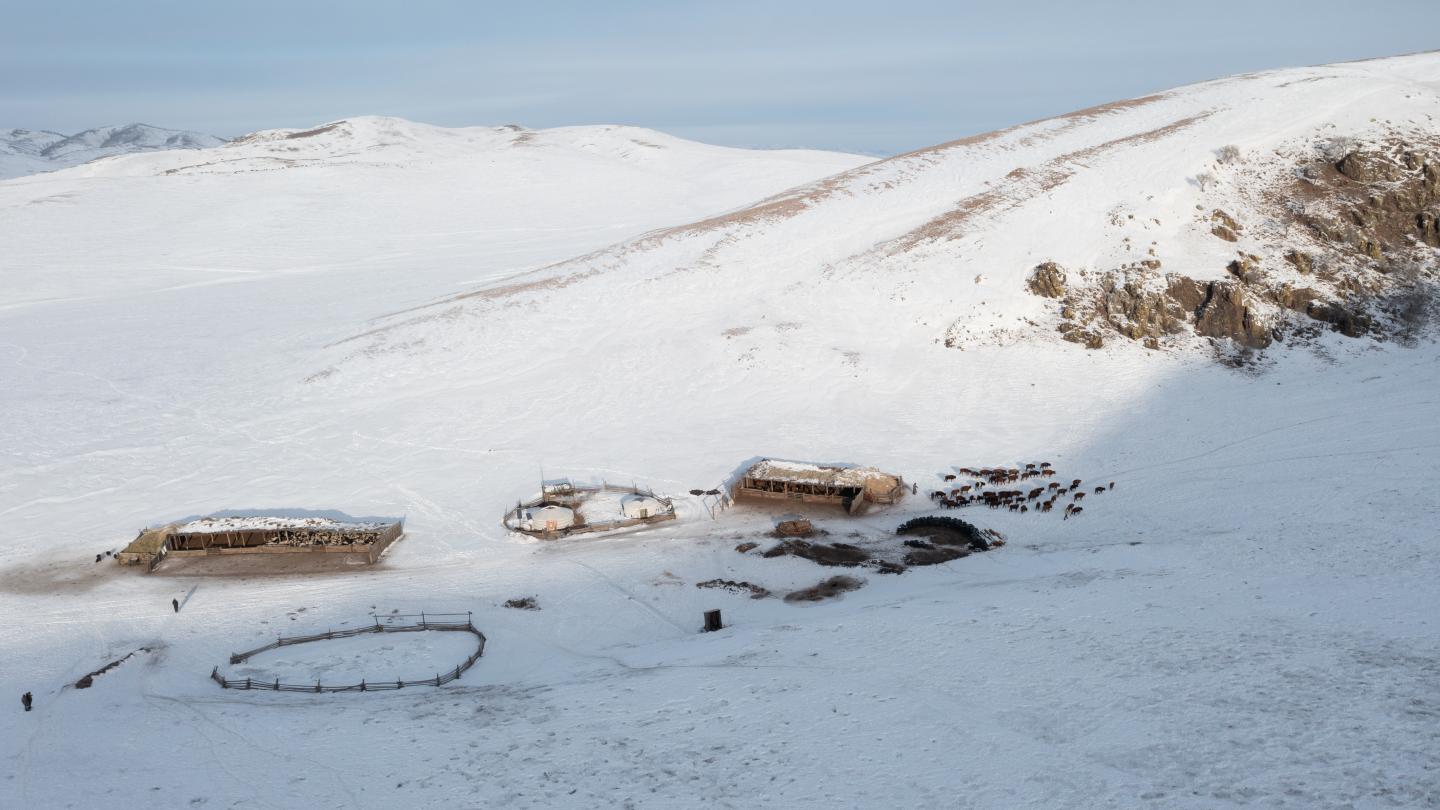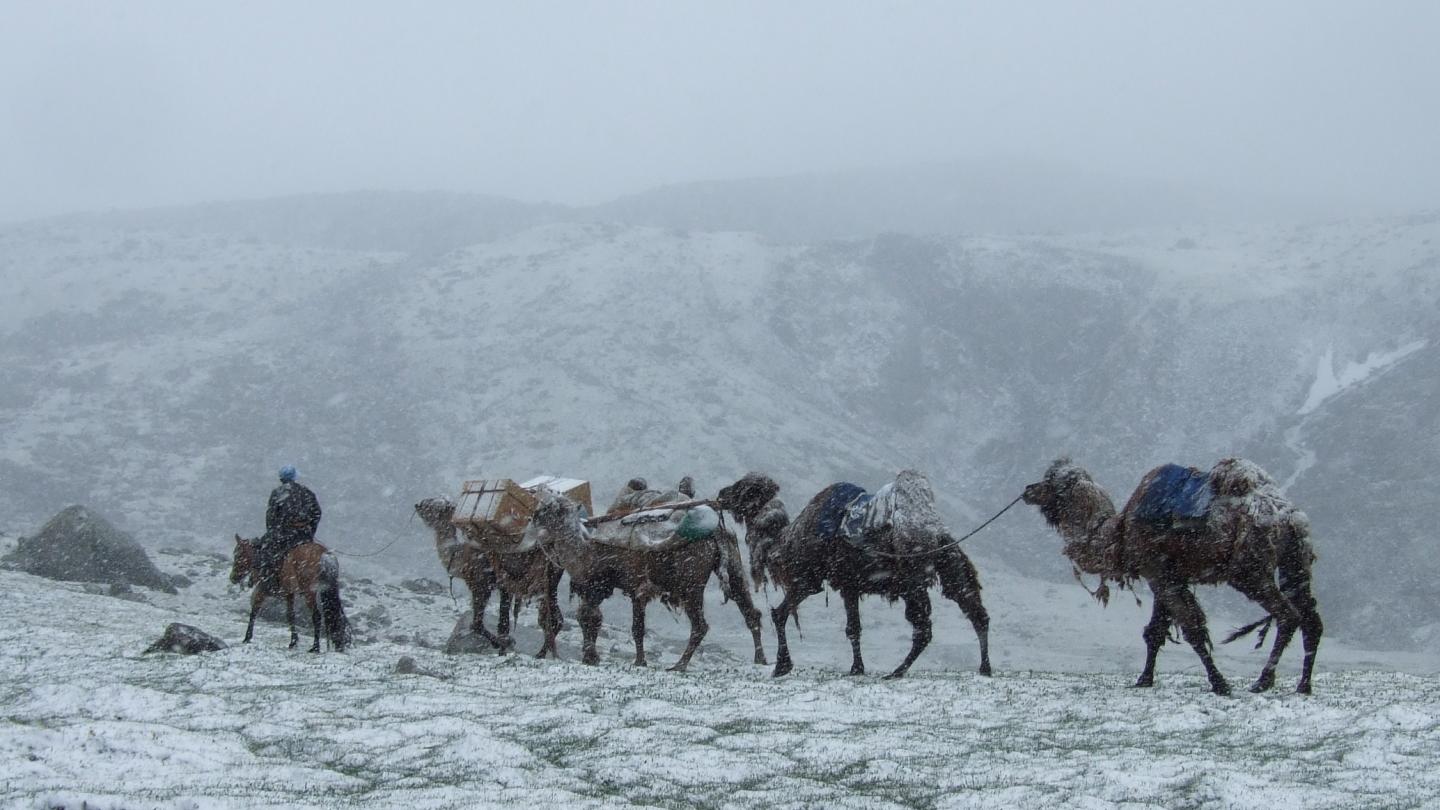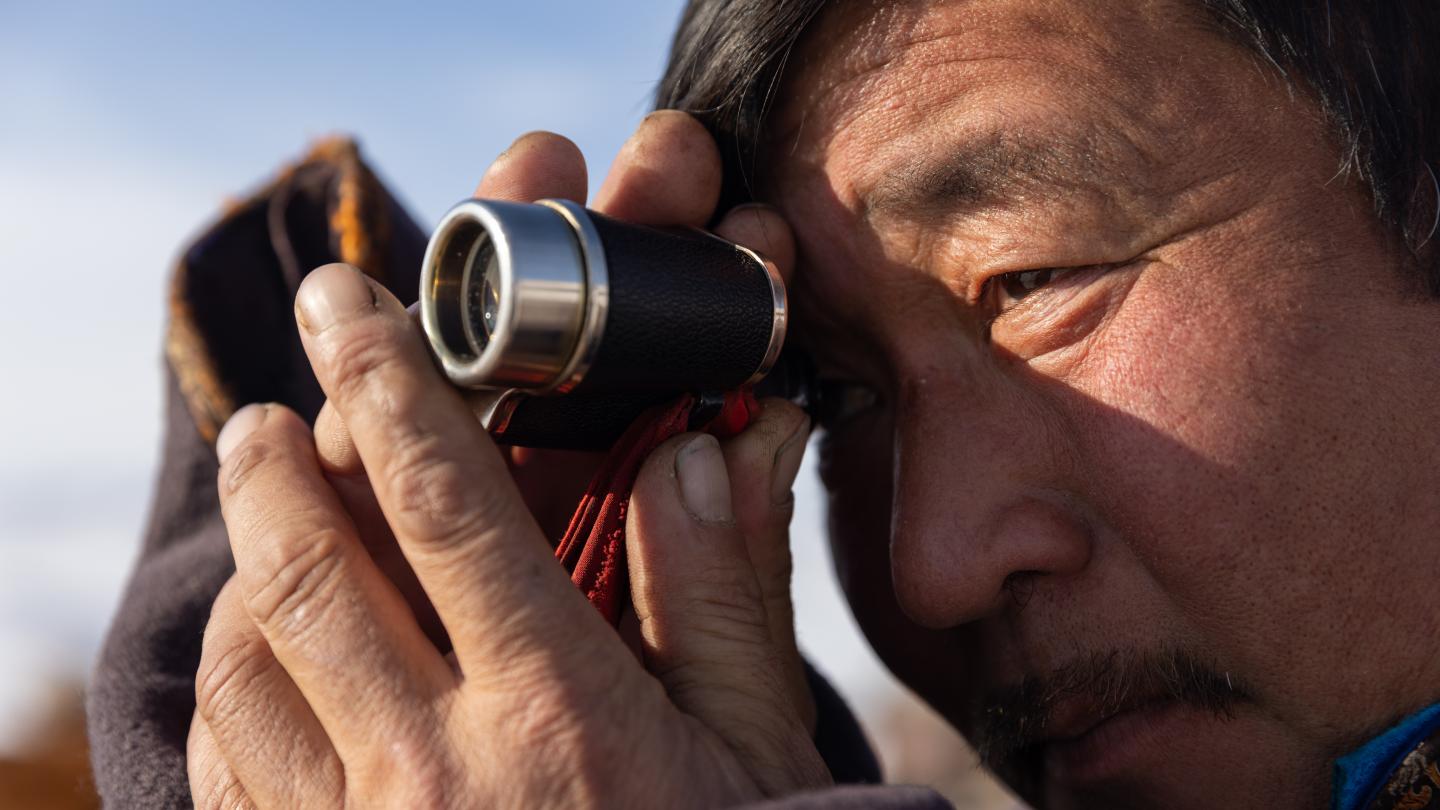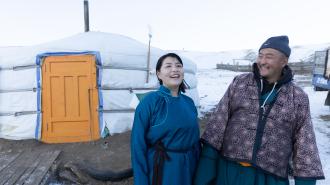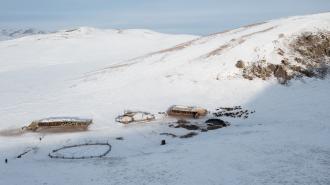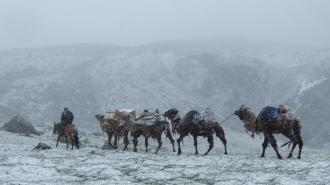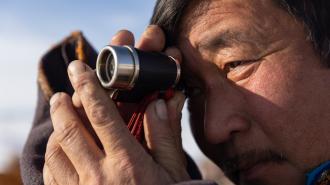With this year’s freeze harsher than ever, the call for climate risk solutions that are big and bold enough to save Mongolia’s lands and livestock is more pressing than ever.
Saving the Gobi Desert and Mongolian steppes from the dzud will also save lives and livelihoods
March 12, 2024
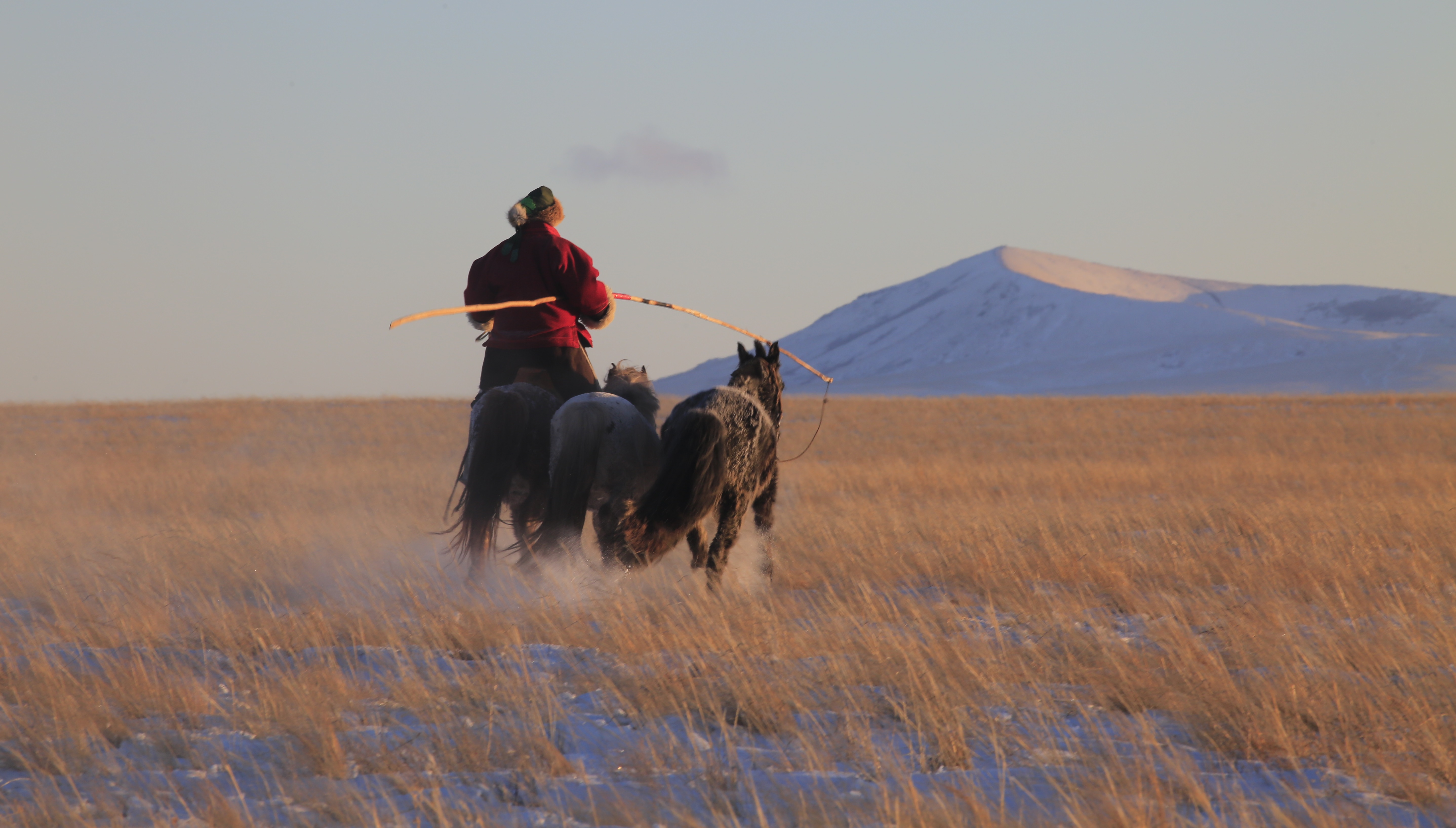
In Mongolia, the winter disaster known as a dzud threatens lives and livelihoods. And the climate crisis is amplifying the impacts.
When the earth freezes in Mongolia, a large part of the economy freezes with it. In this agrarian society where livestock outnumbers humans twenty to one, the winter disaster known as a dzud threatens lives and livelihoods for all. And the climate crisis is tightening its icy grip.
Typical of Mongolia’s harsh climatic conditions, dzuds manifest as severe winters with temperatures plummeting below freezing. They are characterized by significant snowfall and grounds rendered impenetrable by ice, impeding farmers from tilling and animals from grazing.
Amplifying the impact of the dzuds, climate change contributes to land degradation, desertification and water scarcity. Warmer summers mean more droughts and less pasture growth. With scarce grazing opportunities, livestock are unable to amass the critical fat reserves needed to endure the punishing winter months. And in the winter months, temperature fluctuations cause thaw-and-refreeze cycles that create an ice barrier, preventing animal access to food.
This year's dzud is far harsher than any in recent memory. Some 90 percent of Mongolians are now exposed to extreme winter weather events, compared to just 60 percent five years ago. For the nomadic herders this is a devastating economic toll.
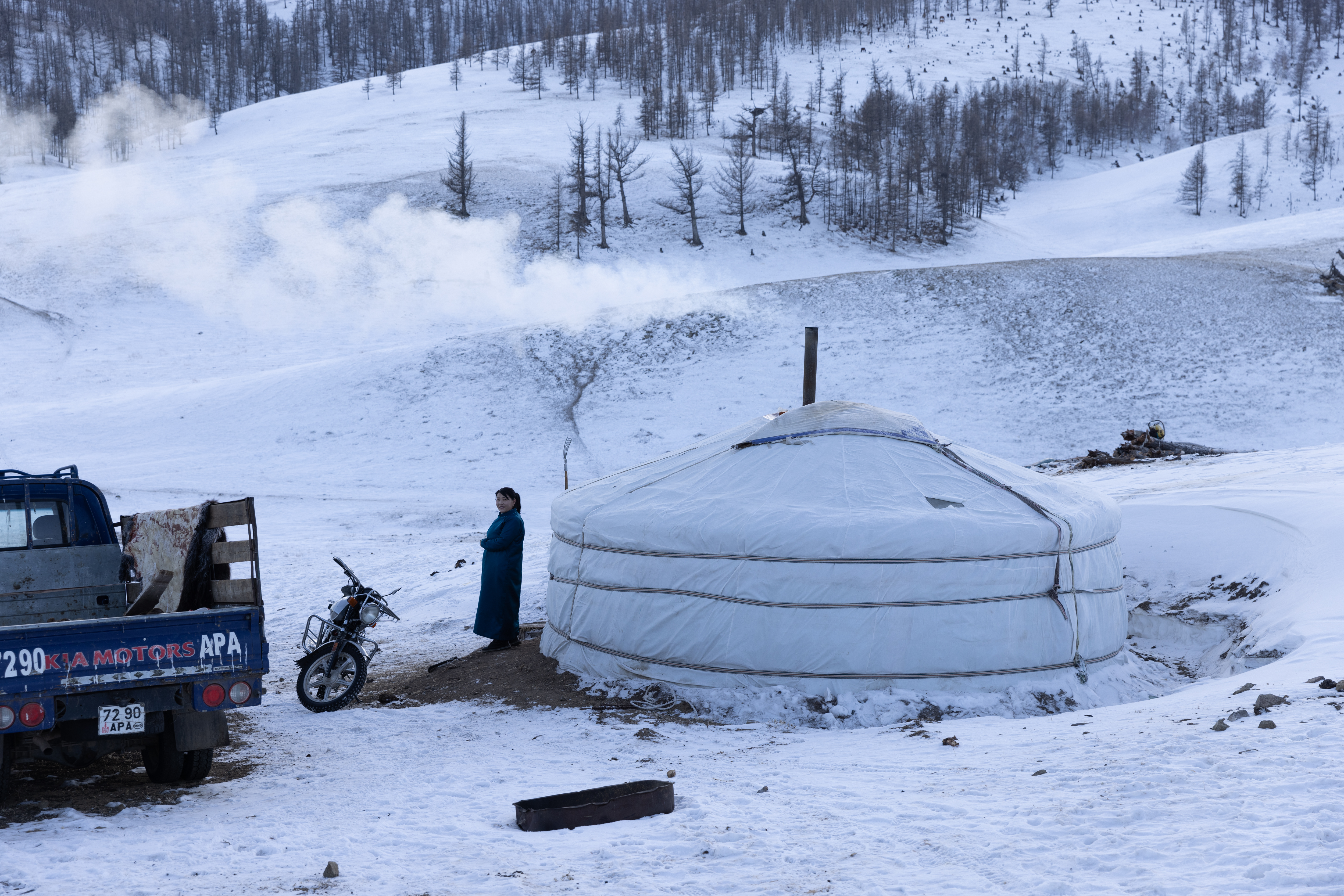
A herder stands outside of her home in -25 degrees Celsius. Due to climate change, parts of Mongolia experience extreme temperature fluctuations in winter, causing thaw-and-refreeze cycles that create an ice barrier, preventing animals from accessing food.
A climate-driven double whammy
Fuelled by rising temperatures and erratic precipitation patterns, this dzud presents a double whammy. On the one hand, livestock populations – a staggering 71 million animals as of 2022 – are facing skyrocketing feed prices, deteriorating pasture, and dwindling supplies of natural forage. On the other, disruptions to Mongolia’s crucial supply chain – for cashmere as well as other agricultural exports – translates into potential losses in the hundreds of millions. It’s a crippling loss for sector that employs one third of Mongolia’s population, and a good example of how climate change, livelihoods and the economy are inextricably linked.
Anticipation and adaptation
How to fight the deep freeze? With data, for starters. The Climate Risk Index, an early warning system powered by sophisticated climate forecasts and impact-based forecasting data, enables local authorities to be proactive. Through access to user-friendly data on aridity, drought risk and livestock impact, as implemented in dozens of villages, they can optimize pasture reserve management and ensure timely deployment of supplementary feed programmes, potentially mitigating livestock losses.
Reliable climate data empowers Mongolian herders to adapt livestock management (bringing animals in earlier, harvesting hay sooner) to these shifting meteorological/climate patterns.
Long-term adaptation strategies like sustainable water management initiatives hold significant promise, too. Data shows that 40.8 percent of natural disaster-related fatalities were due to water hazards. Initiatives like riparian forest restoration and reforestation projects can improve water quality, biodiversity and groundwater resources, leading to increased pastureland productivity and enhanced resilience against future dzuds.
Global benefits, shared responsibility
National actions, braving this phenomenon alone, are not enough. Coordinated global action is critical as well.
Consider the public good derived from Mongolia’s Gobi Desert and its surrounding steppes, home to a vast array of globally significant plants and wildlife and the largest steppe ecosystem in the world. Protecting them should not be Mongolia's responsibility alone.
Ensuring affordable support and financing for Mongolia's climate action and conservation efforts benefits us all. We are encouraged by Mongolia’s proactive approach to address these global challenges, including the nation’s commitment to host the 17th United Nations Convention to Combat Desertification in 2026, a global event that UNDP stands ready to support.
But money is tight, and Mongolia, like many developing nations, is snowed under. UNDP estimates that the country would need additional spending of US$44.2 billion, or 17 percent of GDP annually, to achieve its national Sustainable Development Goals targets by 2030. So, it needs the international community’s support in more ways than one – through bringing voice and attention to these concerns, to galvanize political and financial support, and to facilitate the sharing of data and technologies that can make a difference.
In the short term, herder communities would benefit from tools and protections such as dedicated risk insurance and better access to credit. Beyond these measures, amplified international efforts towards climate change mitigation, disaster risk reduction, and sustainable financial mechanisms are crucial for building long-term resilience against future climate shocks.
Like the coveted cashmere they produce, Mongolia’s herding communities have long been revered for their resilience. But the climate crisis is raising the stakes beyond the reach of their time-tested solutions. A coordinated global response is urgently needed, before economic frostbite spreads.
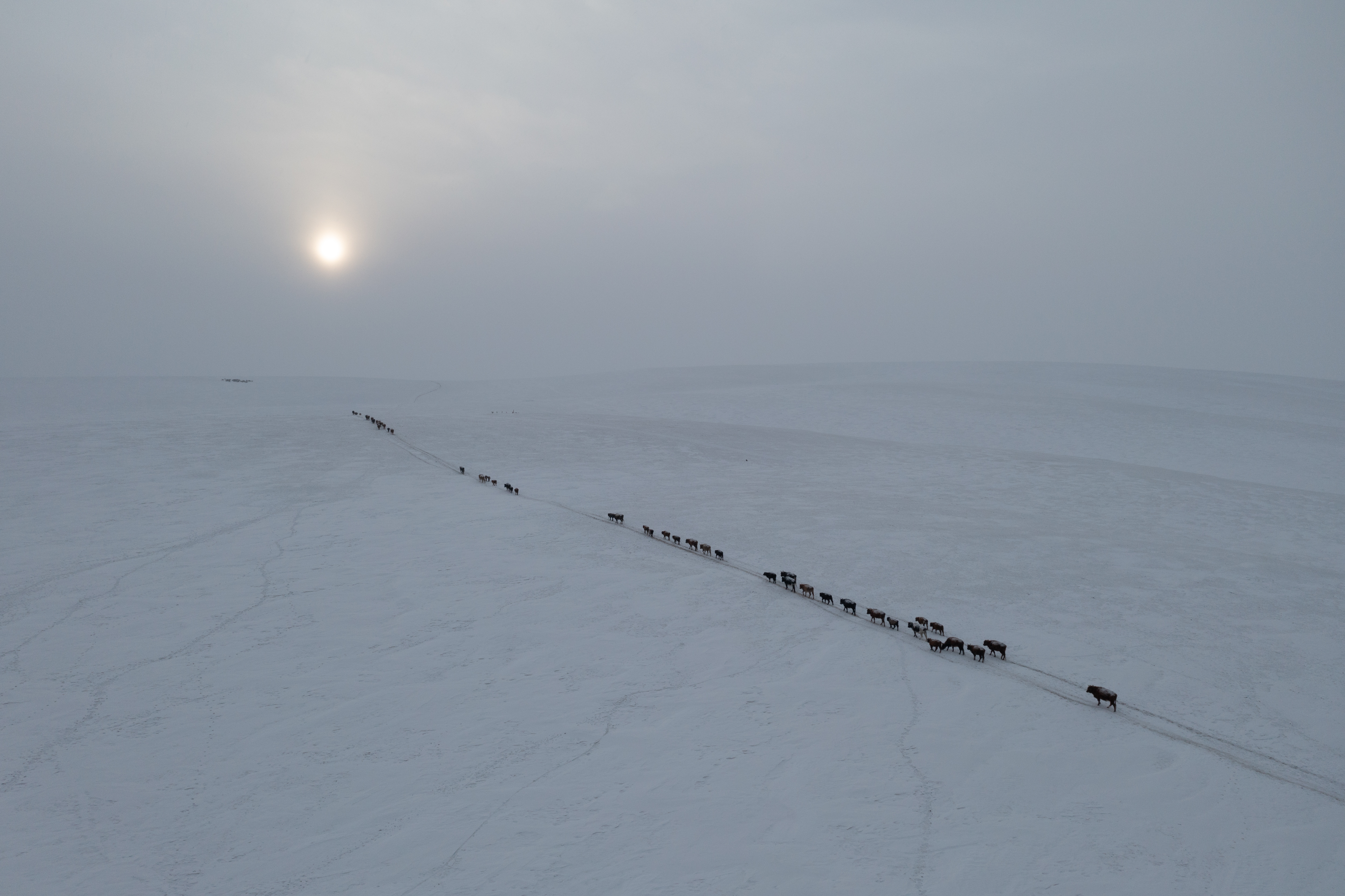
Reliable climate data empowers Mongolian herders to adapt livestock and water management strategies to shifting meteorological patterns.

 Locations
Locations

